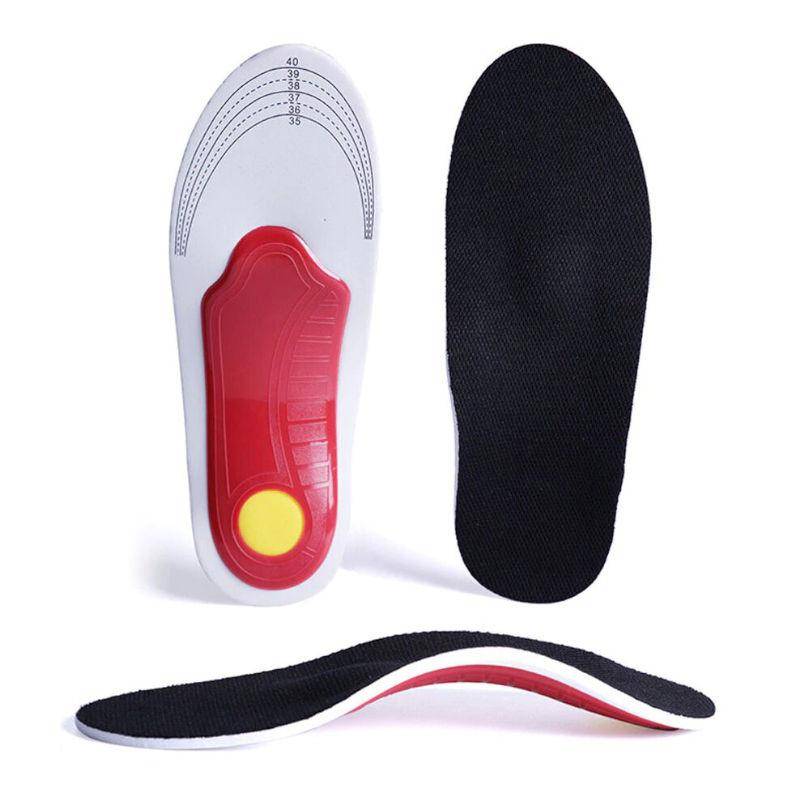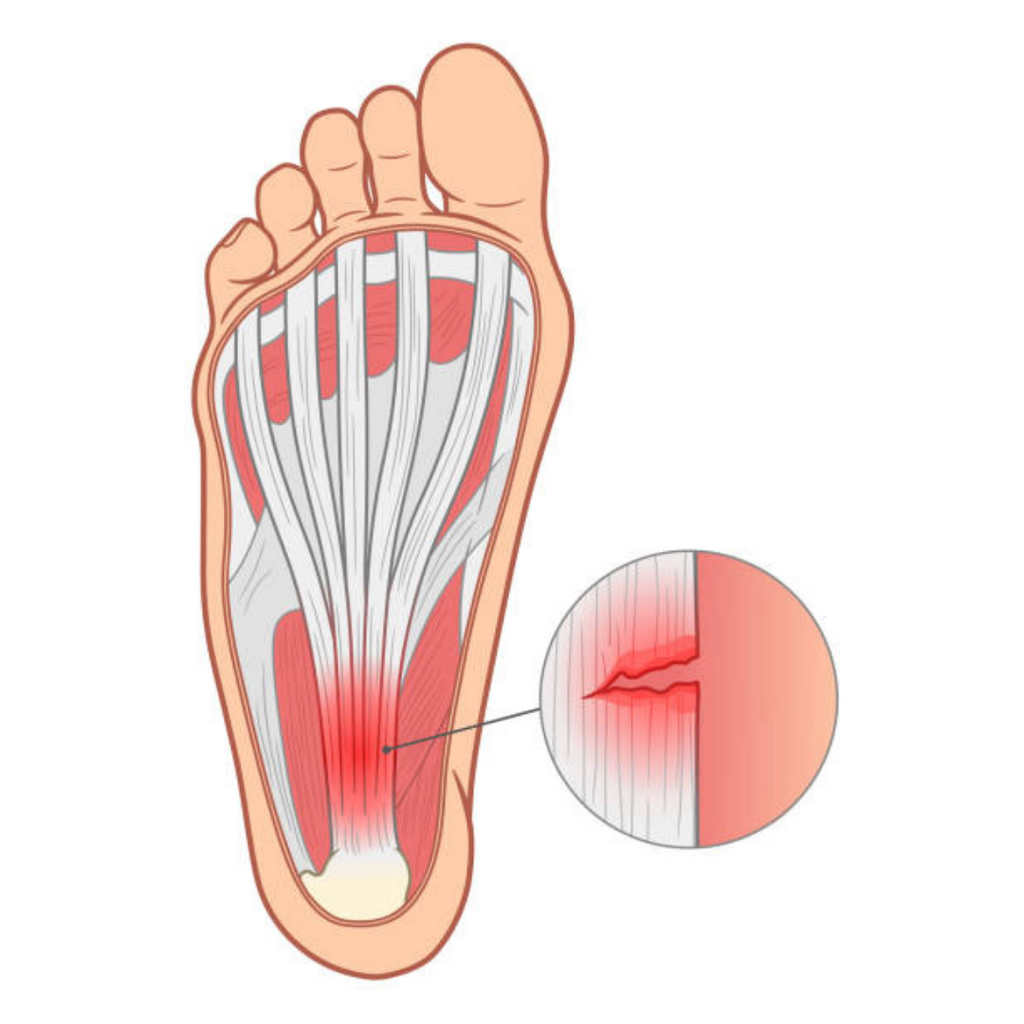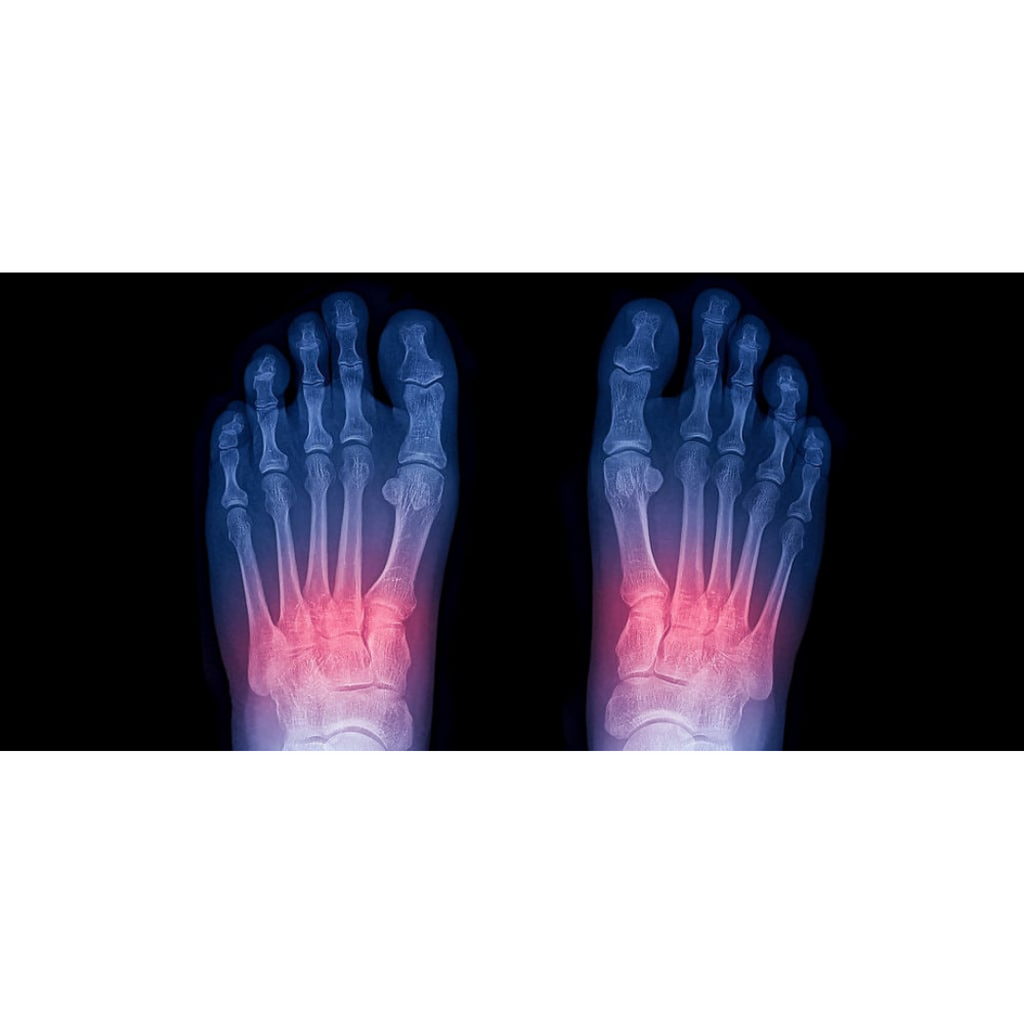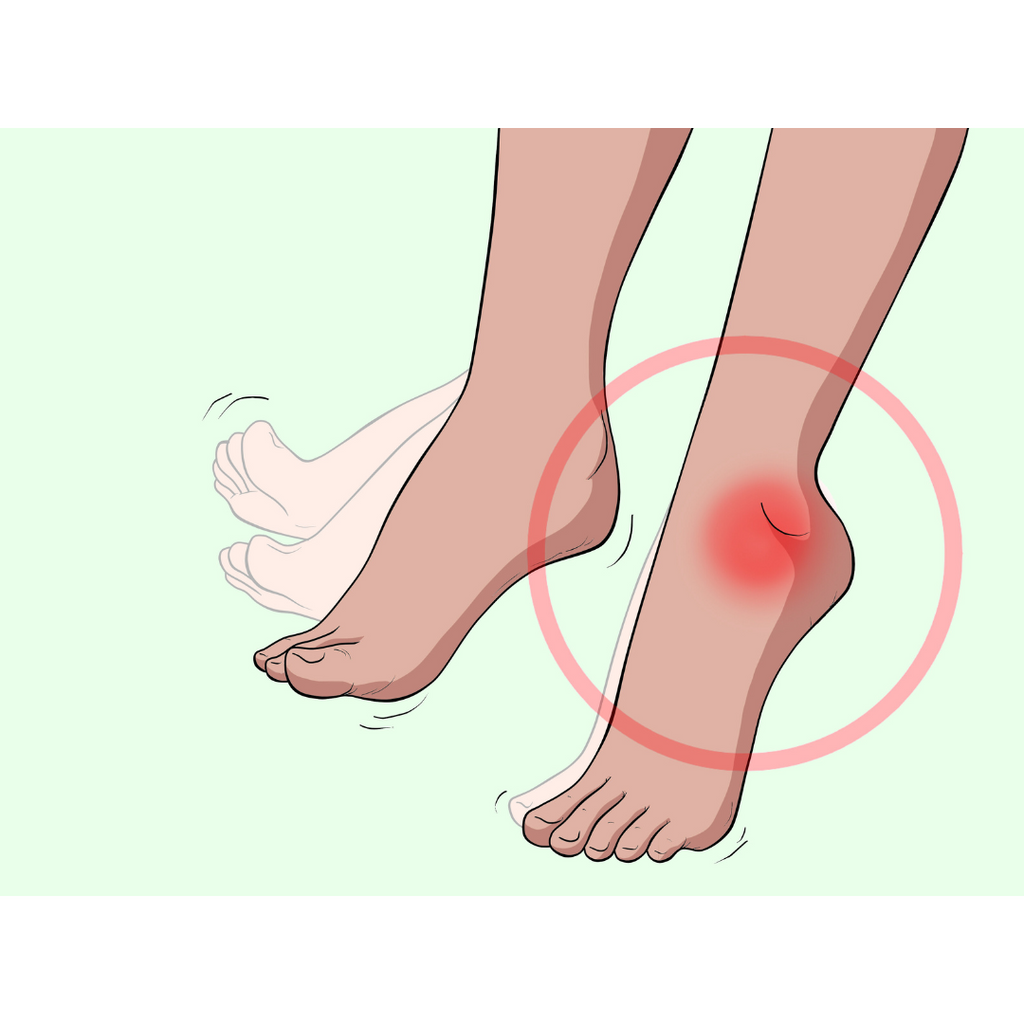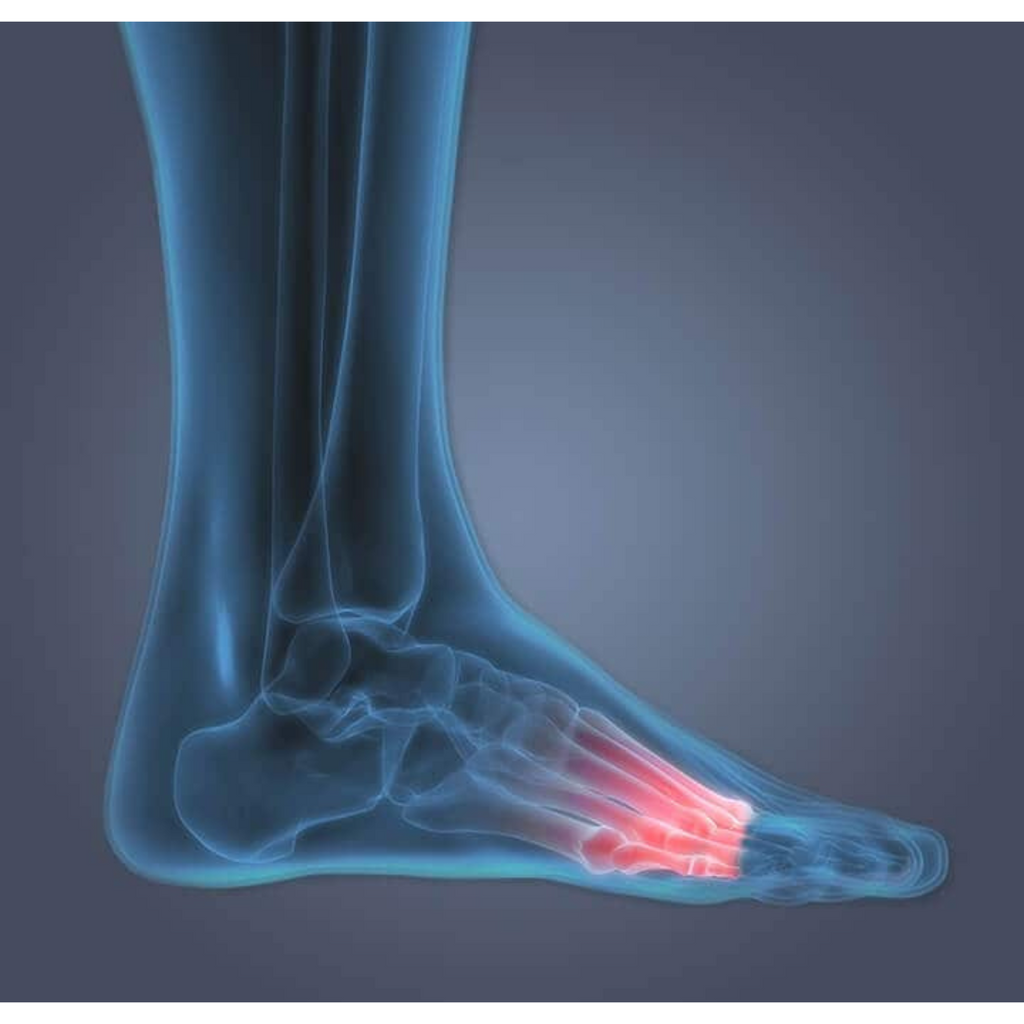As the basis of sustainable foot health, our heels are worth special attention. Heel pain may result from a short-term injury or a serious problem, yet in the first stages, it may be difficult to be perceived. Are you experiencing a sharp pain that extends down the bottom of your heel, a burning ache on the back of your foot, or something else entirely? Continue reading to learn how to differentiate between the causes of heel pain and make an informed treatment decision.
Understanding the Pain in Your Heel
Foot heel pain can be caused by a number of factors and manifest as a number of symptoms. The first thing you should do if you have sharp pain in your heel is to learn more about how the heel works.
The heel bone is surrounded by several muscles, ligaments, and tendons, all of which contribute to a smooth stride. A painful heel can be caused by Achilles tendon problems, plantar ligament problems in the arch of the foot, hard growths from the heel bone itself, or other complications.
Because our feet are the foundations of our bodies, untreated heel and foot pain can quickly escalate into a bigger problem. The best way to avoid the long-term effects of chronic heel pain is to seek accurate diagnosis and treatment as soon as possible.
Heel Pain Causes
What exactly causes heel pain? A variety of diseases and injuries can cause pain in the heel of the foot. Whether your symptoms are mild or severe, determining the source of your discomfort is critical to developing an effective treatment plan.
- Plantar Fasciitis Heel Pain
Plantar fasciitis, a condition that affects the tissues that run along the soles of the feet, is one of the most common causes of heel pain. Pain in the lower part of the heel is a common symptom of inflammation of these tissues. The most common symptoms in the elderly can usually be treated with exercise and special shoe insoles.
- Heel Spur Pain
Heel spurs, which are sometimes associated with plantar fasciitis, can aggravate already severe heel pain. Pain is localized to the bottom of the heel when a hard calcium deposit grows out of it, and it is often most severe in the morning.
Fortunately, nonsurgical treatment options for heel spur pain relief include shoe inserts and physical therapy. Surgery will be required in approximately 10% of cases.
- Achilles Heel Pain
The inflammation of the tendon that runs from the heel up the back of the leg is known as Achilles tendonitis. However, other existing conditions, such as degenerative muscles or an acute injury, can cause the pain. Pain is the most common symptom of conditions affecting the back of the heel, but tenderness, swelling, and redness are also possible.
- Heel Bursitis
The bursa is a small fluid-filled sac that adds cushioning to the back of the heel. When this sac becomes inflamed, it causes stinging pain and can be confused with Achilles tendonitis.
- Gait Abnormalities
In some cases, minor differences in how people walk can cause severe heel pain. This could be due to pre-existing deformities, ill-fitting shoes, or personal habits. Corrective footwear or insoles are the most commonly used treatment in these cases.
Heel Pain Related Symptoms
Whether you have mild or severe heel pain, symptoms can worsen if not treated properly. This could result in increased discomfort or other symptoms associated with heel and arch pain:
Heel pain in the morning: Our foot muscles tighten while we sleep, requiring some motion before they regain their normal flexibility. This is why severe heel pain is most severe in the morning.
Right or left heel pain: Left or right heel pain is common on its own. In fact, common conditions such as plantar fasciitis affect only one foot more than 70% of the time.
Swollen heel pain: Swelling with burning heel pain is often indicative of inflammation. Symptoms can be relieved with rest, hot and cold therapy, and exercise.
Standing heel pain: Standing heel pain is most likely caused by plantar fasciitis, a condition that affects the bottom of the foot.
Heel and ankle pain: Achilles tendonitis is the most common cause of pain that extends up from the back of the heel and affects a large portion of the lower leg.
If the symptoms persist for more than a week, ask a qualified medical professional to diagnose heel pain. Physical examinations, x-rays, and MRI scans give your doctor a clear picture of your condition.
Heel Pain Treatment
Heel pain remedies are as diverse as their potential causes. This can include either immediate, on-the-spot pain relief or long-term solutions to the underlying condition. Combine several treatments to find the best heel pain treatment.
The RICE Method
Rest, ice, compression, and exercise are all effective heel pain treatments. Avoid overstretching the area, especially if the heel pain is new. If the condition is not allowed to worsen, many cases of heel pain can be cured over time.
A high-quality ice pack is one dependable method of treating heel pain. By slowing blood flow to the area, ice therapy reduces inflammation and prevents further tissue damage. Cold therapy is most effective in the early stages of recovery, and switching to a hot pack after the first day is a good idea.
Cold therapy reduces swelling and inflammation and instantly relieves heel pain.
Simple foot wraps, which can be purchased or made at home, are particularly effective as an Achilles heel pain treatment. They help with muscle injuries by providing support and reducing swelling.
Heel Pain Exercises
To treat heel pain in the short and long term, a variety of foot exercises must be performed. If you have heel pain, you should avoid running and other high-impact exercises. Instead, stretch gently to increase strength and mobility. Several options for improving foot health safely are listed below.
- Achilles Tendon Stretch
If your heel pain is limited to the back of your foot and lower leg, Achilles tendon exercises are the best option. A simple stretch only requires a wall and a few minutes.
Stand about 18 inches away from the wall, palms against the wall at shoulder height. Take one step toward the wall, leaving your injured heel in the back, and slowly bend the front knee. Hold for 30 seconds and then repeat three times.
- Plantar Ligament Stretch
Choose an exercise that targets the muscles on the bottom of the foot if you have pain on the bottom of your heel. Place a tennis ball under the painful foot's arch and apply pressure while rolling the ball beneath the foot. Pay close attention to tender areas. Massage for a total of 10 minutes.
Use a massage roller ball to improve the effectiveness of this stretch.
A roller ball is the most convenient way to get a massage in the comfort of your own home while targeting the knots that are causing you pain.
- Foot Rocker Stretch
Try a foot rocker for a quick stretch you can do anywhere. Simply place your foot on the rocker and rock back and forth to stretch your foot and calf. Warm up your muscles for the day by performing this stretch first thing in the morning. You'll feel more mobile and flexible, as well as less pain and stiffness.
Foot rockers relieve arch pain by stretching the muscles and ligaments around your ankle.
- Heel Pain Insoles
To treat heel pain in the short and long term, a variety of foot exercises must be performed. If you have heel pain, you should avoid running and other high-impact exercises. Instead, stretch gently to increase strength and mobility. Several options for improving foot health safely are listed below.
Heel Pain Insoles
Any shoe can be fitted with a variety of effective insoles and orthopedic options. Discuss your specific needs with your doctor or an orthopedic specialist when selecting the best shoes for heel pain.
- Heel Cups
For those who are new to the world of orthotics, heel cups are a good place to start. They work by adding a layer of cushion beneath aching heels, absorbing impact as you walk, run, or go about your daily activities. Because they are small, they can fit into almost any shoe.
- Plantar Orthotics
Plantar orthotics provide arch support and relieve strain on important tendons. They work well for plantar fasciitis, flat feet, and metatarsal pain.
- 3/4-Length Insoles
Because heel pain can strike at any time, it is critical to have access to a variety of heel support options. 3/4-length insoles are designed to fit any shoe size.
3/4-length insoles are versatile and effective for insoles that fit a variety of shoes. (see product)
Furthermore, high-heel insoles keep your feet healthy while wearing your favorite heels.
Using high-heel insoles improves the health of your feet and your overall comfort.


